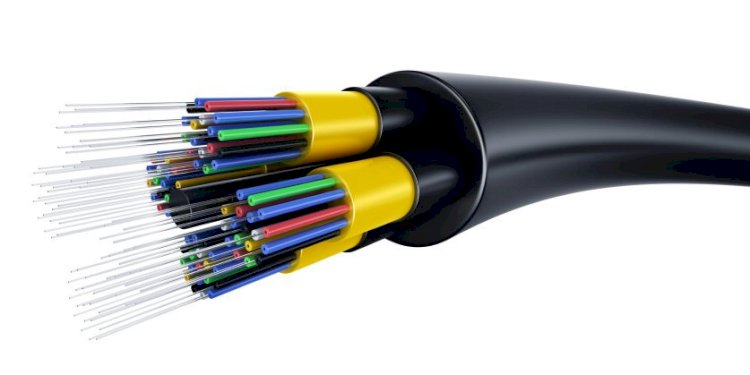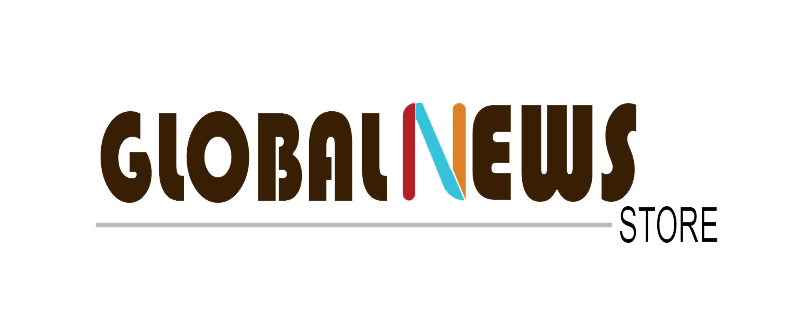Dark Fiber Market to Grow at a CAGR of 11.1%, 2021-2028
Dark Fiber market is growing at a high CAGR due to future technological improvements and a rise in the internet. The market for dark fiber networks is expanding as a result of the rising demand for high-speed internet, which calls for a lot of bandwidth

A recent study conducted by the strategic consulting and market research firm, BlueWeave Consulting, revealed that the global dark fiber market was worth USD 5.4 billion in the year 2021. The market is projected to grow at a CAGR of 11.1%, earning revenues of around USD 11.3 billion by the end of 2028. The global dark fiber market is booming due to future technological improvements and a rise in the internet. The market for dark fiber networks is expanding as a result of the rising demand for high-speed internet, which calls for a lot of bandwidth. Businesses that rely heavily on high-speed internet service for their operations are driving the market for dark fiber networks globally.
Growing Demand For Internet Bandwidth And Secure Network Coupled With Advantages Over Standard Wire Is Causing The Market To Expand
A factor boosting market revenue growth is the rising demand for internet bandwidth. Due to dark fiber's nearly infinite capacity, businesses may future-proof themselves against the demand for more bandwidth. Businesses simply need to upgrade and maintain their equipment as needed. As dark fiber isn't in use, an enterprise can control what the fiber is used for. Additionally, the connection is fully dedicated to the business that purchases or rents the fiber, ensuring data protection. The scalability of dark fiber also heavily relies on the ability to swiftly change bandwidth and modify protocols in response to business demands.
Due to dense wavelength division multiplexing, dark fiber can provide extremely rapid rates. Using different wavelengths, many signals can be delivered over the same fiber at once. Additionally, dark fiber uses less energy than standard wire and cable. Since data is transmitted in a straight line from point A to point B, dark fiber is more immune to signal interference. An excellent illustration of these performance benefits may be seen when employing a dark fiber point-to-point segment to connect two data centers. In these circumstances, improvements in bandwidth availability, link reliability, latency times, and security are typical.
Another element anticipated to fuel the market's revenue growth is the rising demand for secure and dependable networks. For businesses that handle sensitive data and need real-time data, such as those in financial services, retail, and healthcare, dark fiber offers a better level of resiliency and security because no one else has access to their connection. A reliable network is essential for those who want to use VoIP and cloud services. As the lessee receives a strand of unlit fiber cable separate from the main network, dark fiber networks are created for security. Since the network is privately managed by the company that uses it, only clients may see the data that travels over it.
Request for Sample Report @ https://www.blueweaveconsulting.com/report/dark-fiber-market/report-sample
The Long-Haul Sector Is Anticipated To Experience Rapid Revenue Growth Over The Course Of The Forecast Period.
On the basis of network type, the global dark fiber market is segmented into long haul and metro. The long-haul segment is anticipated to grow at a rapid pace over the forecast period due to rising demand for internet connectivity. As of 2021, 4.9 billion people, or over 63% of the world's population, are expected to be online. It is estimated that over 800 million people will switch to using the internet during that time, which would represent an almost 17% rise from 2019. Long-haul terrestrial optical fiber systems connect cities and nations all over the world. These networks today frequently cover hundreds of kilometers, and the majority of them use DWDM systems based on 100G with 80 channels or more. Throughout the projected period, it is anticipated that the metro segment will experience consistent revenue growth. Metro fiber is a type of dark fiber that can be illuminated straight from user switches or routers. It can handle a variety of traffic types, including SDH, fiber channels, and traditional Ethernet. Using CWDM or DWDM technology, it can also be divided into several wavelengths and mixed over a single link. Metro fiber networks can carry a lot of data when connected to other networks, but to guarantee availability, reliable support and backup services are needed. Throughout the forecast period, these elements are anticipated to boost the segment's revenue growth.
North America Is Anticipated To Account For The Largest Market Share
Due to the significant demand for fiber networks in the ISP and telecommunications, BFSI, IT-enabled services, and aerospace and defense industries, North America is anticipated to account for the greatest revenue share throughout the projected period. The increasing implementation of 5G across many regional nations is another element boosting market revenue growth. The United States is making great progress toward building a nationwide 5G network that will serve as the foundation for the upcoming wave of mobile broadband. Due to peak data speeds that are 20 times faster than those of 4G and a network connection density that is ten times higher than that of 4G, 5G offers tremendous potential for innovation, economic growth, and improved customer experiences.
Due to the rising adoption of 5G in the region's nations, market revenue in the Asia Pacific is anticipated to grow at the quickest CAGR over the course of the forecast year. The newest generation of cellular network technology, 5G, has been eagerly anticipated as a technology that will revolutionize how people interact with mobile devices. In addition to allowing for faster mobile internet connections, 5G will allow for the networking of a wide range of devices, laying the groundwork for a number of important technological advancements like cloud computing, driverless vehicles, and the Internet of Things (IoT). In 2020, there were about 236 million mobile 5G subscribers accessible, and by 2024, there could be close to two billion.
Impact of COVID-19 on Global Dark Fiber Market
Players involved in the dark fiber value chain have been greatly impacted by the onset and spread of COVID-19. One of the major drivers of the dark fiber market's expansion is the ISPs' and the telecommunications sector's increasing deployment of 5G networks. However, as a result of lockdowns enforced by various governments to stop the spread of COVID-19, the deployment of dark fiber has considerably slowed globally, which has had an impact on the market for dark fiber. Furthermore, the GDP of nations and the per capita income of people all around the world have both been damaged by these lockdowns. Although post-COVID, the market has regained its pace due to ease in restrictions and flow of man and material and will continue to grow rapidly over the forecast period.
Competitive Landscape
The key players operating in the global dark fiber market are AT&T Intellectual Property, Verizon, CenturyLink, Colt Technology Services Group Limited, Comcast Corporation, Consolidated Communications, GTT Communications Inc., NTT Communications Corporation, Windstream Intellectual Property Services LLC, Zayo Group, LLC and other prominent players.
To meet the growing demand for dark fibers, major players in the global market are concentrating on technological developments and expansions. Additionally, major market players have developed their manufacturing facilities and are focusing on a number of strategic efforts to grow their businesses.
The in-depth analysis of the report provides information about growth potential, upcoming trends, and statistics of the Global Dark Fiber market. It also highlights the factors driving forecasts of total market size. The report promises to provide recent technology trends in the Global Dark Fiber market and industry insights to help decision-makers make sound strategic decisions. Furthermore, the report also analyzes the growth drivers, challenges, and competitive dynamics of the market.
Contact Us:
BlueWeave Research Blog
Phone No: +1 866 658 6826
Email: info@blueweaveconsulting.com



























